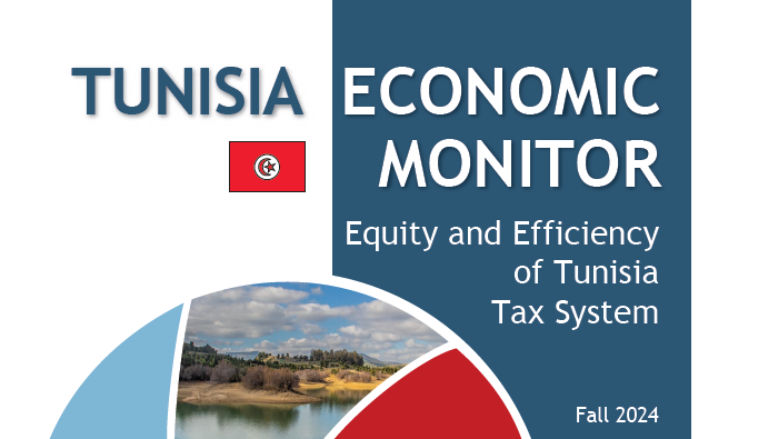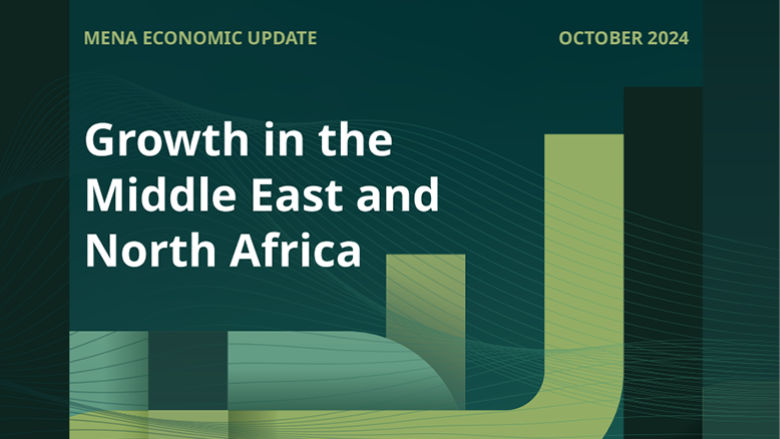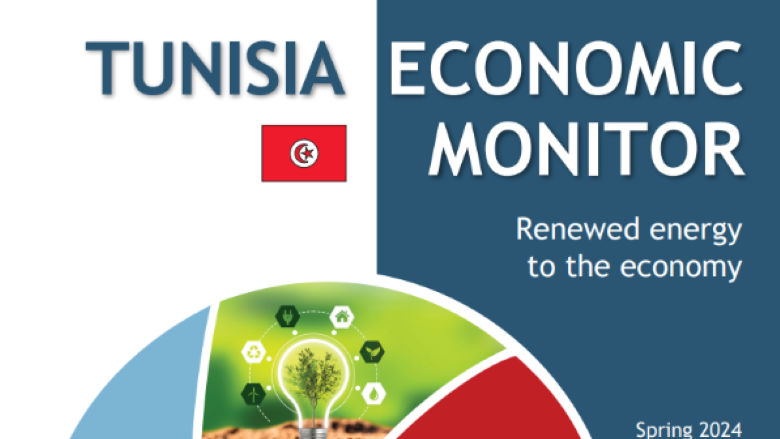Since the sharp COVID-19 contraction in 2020 (-9%), Tunisia’s growth has remained moderate. After a rebound in 2021 (4.3%) and 2022 (2.7%), growth was 0% in 2023 and reached 1.4% in 2024. Recovery has been shaped by drought, global financing uncertainty, and subdued demand.
On the external front, Tunisia saw positive developments in 2024. Tourism revenues rose by 8.3% and remittances by 11.2%, helping to offset a 7.5% rise in the merchandise trade deficit. As a result, the current account deficit narrowed from 2.3% to 1.7% of GDP.
While the fiscal deficit eased to 6.3% of GDP in 2024, it remains higher than the 2019 level (2.9%). Public debt rose from 67.8% of GDP in 2019 to 81.2% in 2024, with gross financing needs increasing from 7.9% to 16.0%, largely due to debt amortization.
Although FDI increased by 4.4% in 2024, it covered a fifth of the combined current account and public external debt obligations. Authorities relied more on domestic sources, including a TND 7 billion (US$2.3 billion) Central Bank loan in 2024 and 2025, covering about a quarter of 2024’s needs.
Inflation has moderated, falling from 10.4% in February 2023 to 5.9% in March 2025, supported by easing global prices, lower demand, and a high policy rate. Nonetheless, it remains slightly above the pre-COVID average (5.3%), with food inflation at 7.8%, affecting lower-income households the most.
The unemployment rate rose slightly to 16% in Q3 2024 (from 15.8% in 2023), while labor force participation remains about 1.2 percentage points below pre-COVID levels.
Last Updated: Apr 25, 2025






